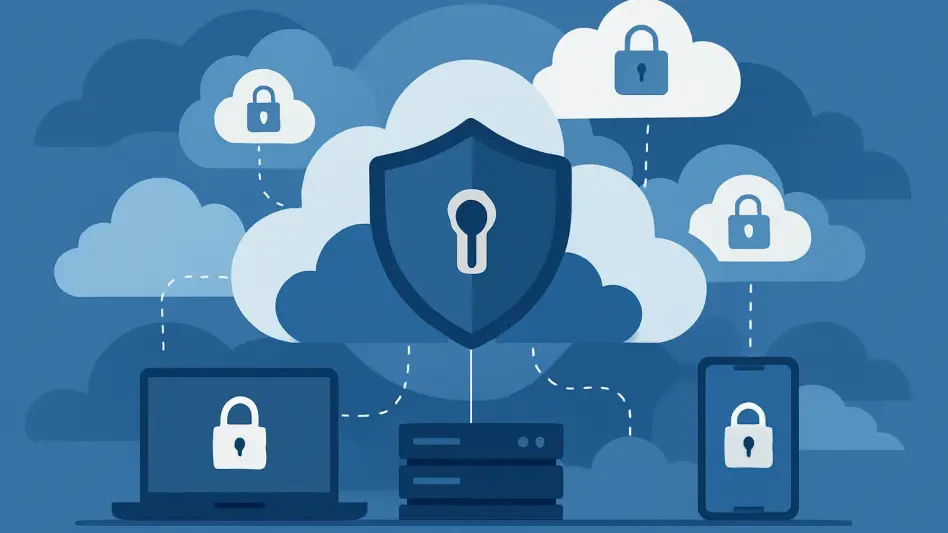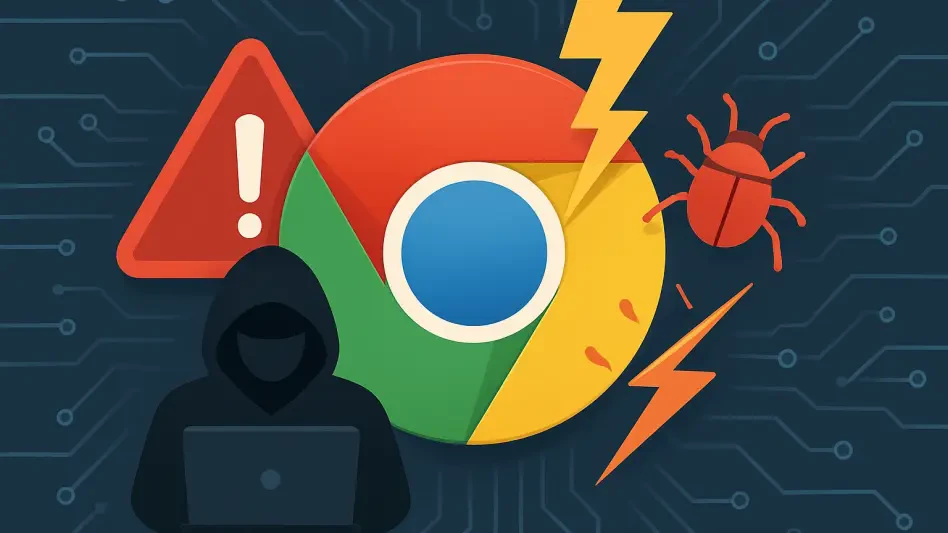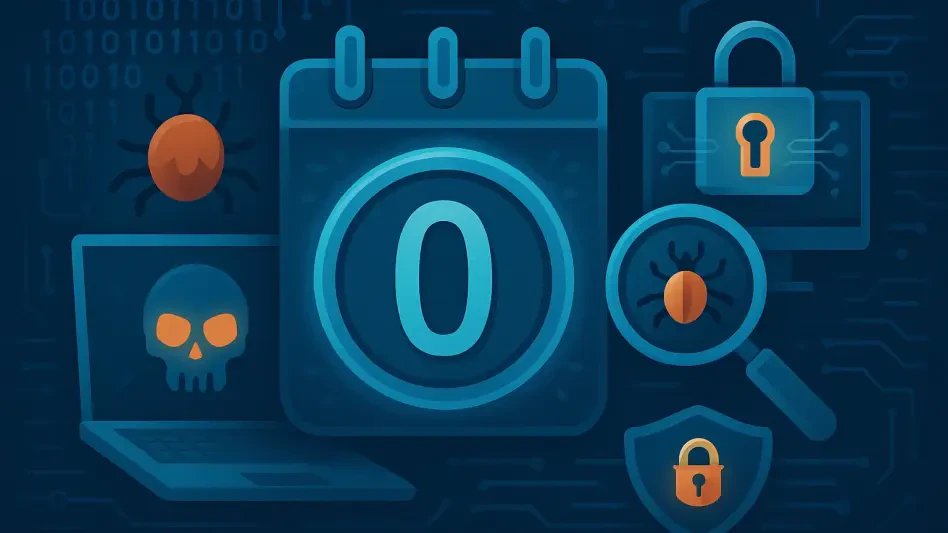The digital landscape is rapidly expanding, and with it, the frequency and sophistication of Distributed Denial of Service (DDoS) attacks are increasing. These hyper-volumetric attacks, characterized by overwhelming traffic that cripples systems, pose critical threats to operational stability and security for businesses across various sectors. As the digital world continues to grow, it becomes increasingly important for businesses to prioritize defending against these advanced cyber threats. This article explores the urgency of addressing these threats, highlights recent incidents, and proposes strategies to enhance resilience.
The Alarming Rise in DDoS Attacks
In recent years, there has been a significant escalation in hyper-volumetric DDoS attacks. Cloudflare’s research indicates that over a third (37%) of European businesses experienced a DDoS attack in the past year. A notable example was Cloudflare’s mitigation of a record-breaking attack that peaked at 5.6 Tbps, following another significant attack of 3.6 Tbps. These incidents underscore the growing threat and the need for robust defense mechanisms. The sheer volume and power of these attacks highlight the necessity for businesses to adopt comprehensive cybersecurity measures.
No industry is immune to these attacks. Recent incidents have affected finance, telecoms, and internet services, among others. The scope of DDoS attacks spans various sectors and critical infrastructure, threatening real-time transactions and potentially leading to substantial financial and reputational damage. This multi-industry vulnerability highlights the importance of comprehensive cybersecurity strategies. The broader impact on society, from financial institutions to everyday internet services, emphasizes the need for businesses to be proactive in their defense efforts.
The Growing Global Threat from IoT
The rising prevalence and unsecured nature of Internet of Things (IoT) devices contribute significantly to the threat landscape. Many IoT devices rely on weak security measures and are constantly connected to the internet, making them easy targets for attackers. These compromised devices can quickly form botnets to launch massive, anonymous attacks from various global locations. The increasing interconnectivity of devices exacerbates the problem, allowing attackers to exploit vulnerabilities on a larger scale than previously possible.
Attackers no longer rely on a single method or region. They use botnets of hijacked routers, webcams, and servers to launch attacks from anywhere, increasing the complexity for security teams. Emerging threats like the Mozi and HTTP/2-based vulnerabilities exemplify the sophistication of modern DDoS tactics, emphasizing the need for evolving cybersecurity strategies. The rapid evolution of these threats necessitates a dynamic approach to cybersecurity, where traditional methods are complemented by innovative solutions to stay ahead of malicious actors.
Strategic Blending of Attacks
Modern attackers often blend volumetric attacks with application-layer attacks targeting specific system vulnerabilities. This strategic combination makes it more challenging to detect and mitigate threats, as different infrastructure layers may be attacked simultaneously. A holistic approach to cybersecurity, involving continuous monitoring and addressing both network and application infrastructure vulnerabilities, is essential. By understanding and anticipating the tactics of attackers, businesses can create more resilient defenses.
To combat the scale and speed of hyper-volumetric DDoS attacks, automated detection and response systems using real-time machine learning and artificial intelligence are critical. These systems analyze traffic patterns, identify threats, and respond instantaneously, reducing the burden on human teams. Automation enables proactive defense, stopping attacks before they can significantly impact systems. Implementing such advanced systems can provide an edge in the ongoing battle against increasingly sophisticated cyber threats.
Layered Security Measures
A comprehensive defense strategy must combine advanced traffic filtering, real-time analysis, and threat intelligence to differentiate legitimate traffic from malicious activity. This multi-layered approach ensures business continuity even during an attack, maintaining performance, reliability, and security. Regular reviews and incident response plan tests are vital to prepare teams for real-world scenarios. Businesses should continually refine their security protocols based on the latest data and threat intelligence to stay ahead of attackers.
Leveraging a global anycast network can disperse traffic across multiple data centers worldwide, preventing any single location from being overwhelmed by an attack. This distributed infrastructure offers resilience and redundancy, allowing operations to continue during extreme traffic surges. By decentralizing traffic, businesses can reduce the risk of catastrophic failures, ensuring that services remain available even in the face of massive attacks. The geographical distribution of resources plays a crucial role in maintaining operational stability during an assault.
The Role of Cloud Providers
As organizations increasingly rely on cloud services, cloud providers play a crucial role in defense. The cloud can absorb high-volume attacks that on-premises systems cannot handle, acting as a buffer. Vetting cloud providers for robust DDoS protection capabilities is essential to withstand modern cyber threats. Companies should carefully evaluate their cloud partners to ensure they offer comprehensive security measures capable of handling hyper-volumetric attacks. Collaborating with reputable providers can enhance overall defensive capabilities.
Organizations must adopt a proactive and vigilant approach to cybersecurity. The rise in hyper-volumetric attacks signals that threats are escalating, and businesses must stay ahead of these evolving dangers. By embracing global network infrastructure, automating defenses, and layering security strategies, companies can enhance their resilience against DDoS attacks. Continuous investment in cybersecurity resources and training is vital to maintaining an effective defense posture in an ever-changing threat landscape.
Continuous Improvement and Security Awareness
Fostering a culture of security awareness and staying informed about threat trends are crucial. The future of DDoS mitigation depends not just on the tools used but on how intelligently and at what scale they are deployed. Building a resilient and adaptive mindset, along with employing advanced technological defenses, is key to maintaining operations amid overwhelming traffic. Educating employees on best practices and emerging threats can significantly reduce the risk of successful attacks.
Implementing additional layers of protection, such as Zero-Trust strategies, can further bolster an organization’s defenses. This approach ensures that every access request is thoroughly verified, adding another barrier against potential attacks. Developing a robust security framework that encompasses multiple layers of protection is essential for effective DDoS mitigation. By adopting these strategies, businesses can reduce vulnerability and ensure continuity even during sophisticated cyber onslaughts.
Conclusion
The digital landscape is expanding at an unprecedented rate, leading to an increase in the frequency and complexity of Distributed Denial of Service (DDoS) attacks. These hyper-volumetric assaults, defined by immense traffic that overwhelms and incapacitates systems, pose significant threats to the operational stability and security of businesses in various industries. As our digital world continues to evolve, the importance of defending against these sophisticated cyber threats has never been greater. This urgency is underscored by recent incidents that showcase the devastating impacts such attacks can have on businesses. It’s crucial for organizations to implement robust cybersecurity measures to withstand these threats. This article delves into the critical need to address DDoS attacks, examines recent notable cases, and outlines effective strategies to bolster resilience. By prioritizing advanced cybersecurity protocols and proactive defense mechanisms, businesses can better protect their systems and ensure operational continuity in the face of growing cyber threats.







